- What Earth’s Magnetic Field Has to Do With Climate History - October 7, 2025
- The Science Behind Heat Domes and Their Growing Impact - October 7, 2025
- What Ancient Lake Beds Teach Us About Past Rainfall Patterns - October 6, 2025
Trump’s Critique of Wind Energy in Scotland

During a recent visit to Scotland, President Donald Trump strongly criticized wind farms, labeling wind energy a “con job.” He expressed frustration over wind turbines being placed near his golf course and claimed they had ruined the ocean view. Trump also recounted his legal battles aimed at stopping offshore wind development near his property.
Claims About Offshore Wind: Whales, Property, and Costs
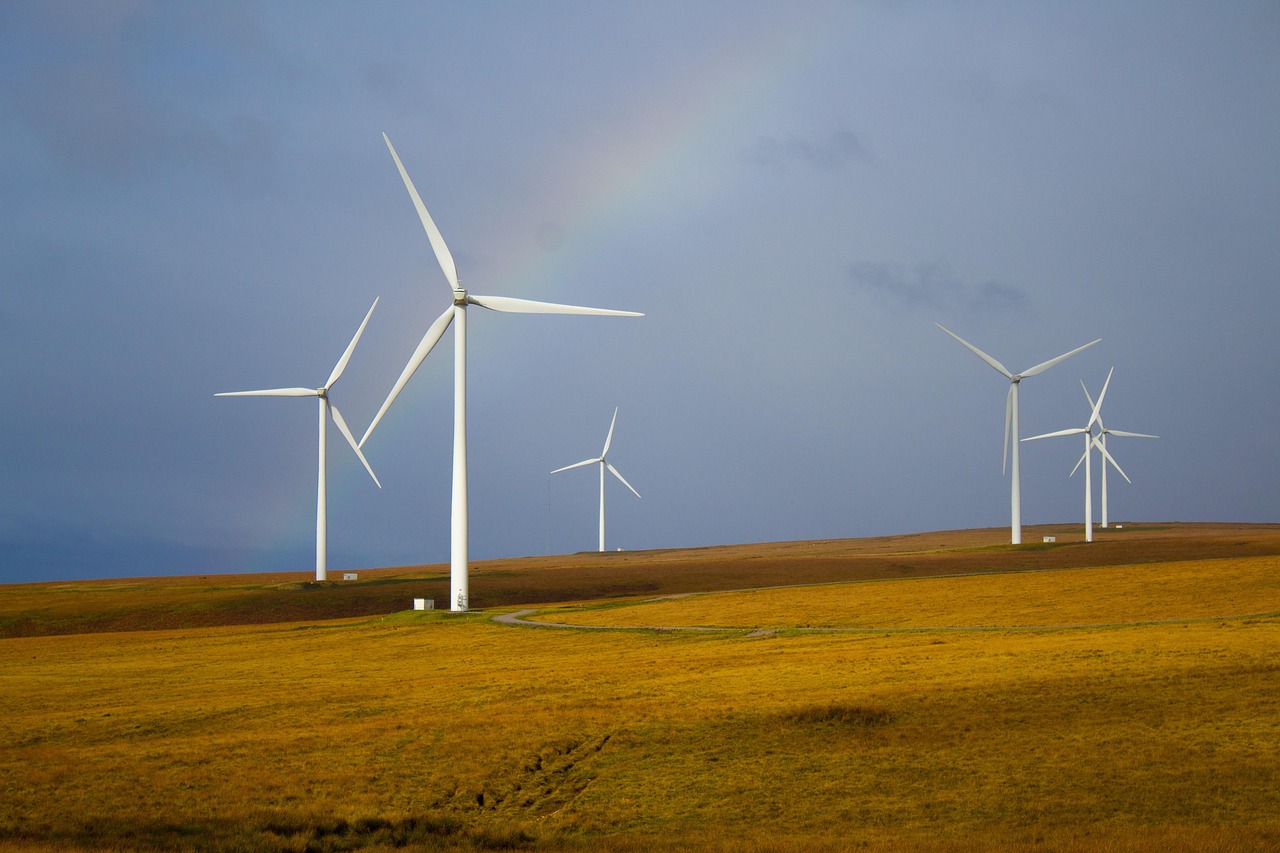
President Trump argued that offshore wind farms cause whale deaths, reduce property values, and are too expensive to be a viable source of energy. While his remarks generated headlines, they largely revived claims about wind energy that scientists and experts have repeatedly debunked.
Myths Versus Scientific Reality
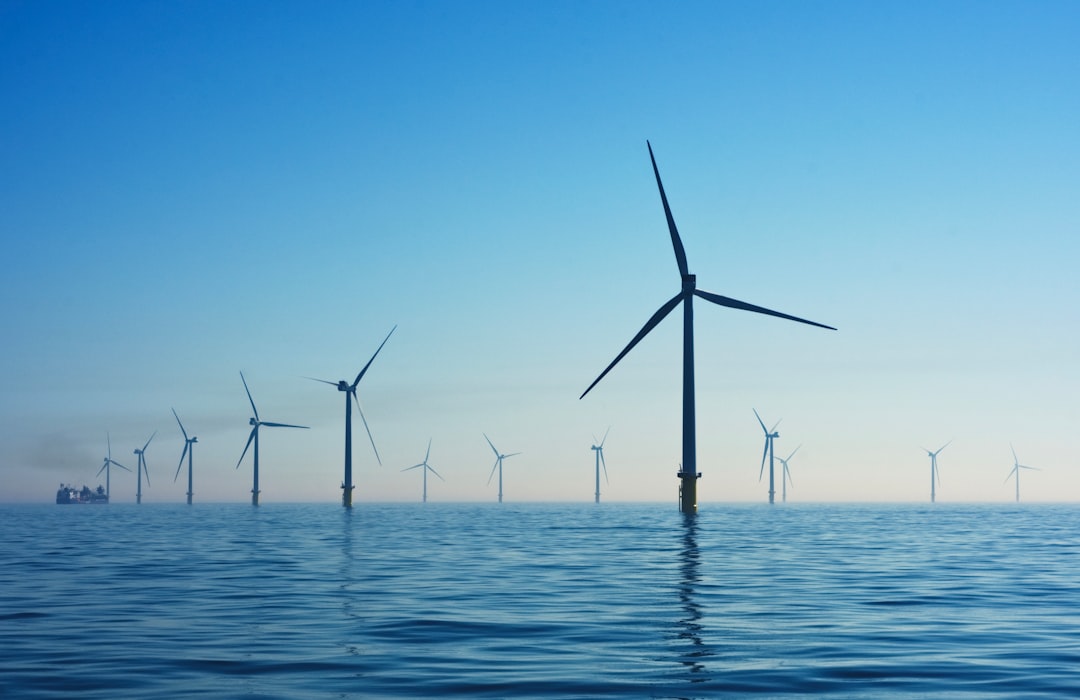
Misinformation about wind energy is not new. Trump’s statements echo many widespread myths about wind power and clean energy. These include exaggerated claims about bird and whale deaths, health risks, and economic feasibility, all of which have been carefully examined and refuted by scientific studies.
The Most Common Myths About Wind Farms
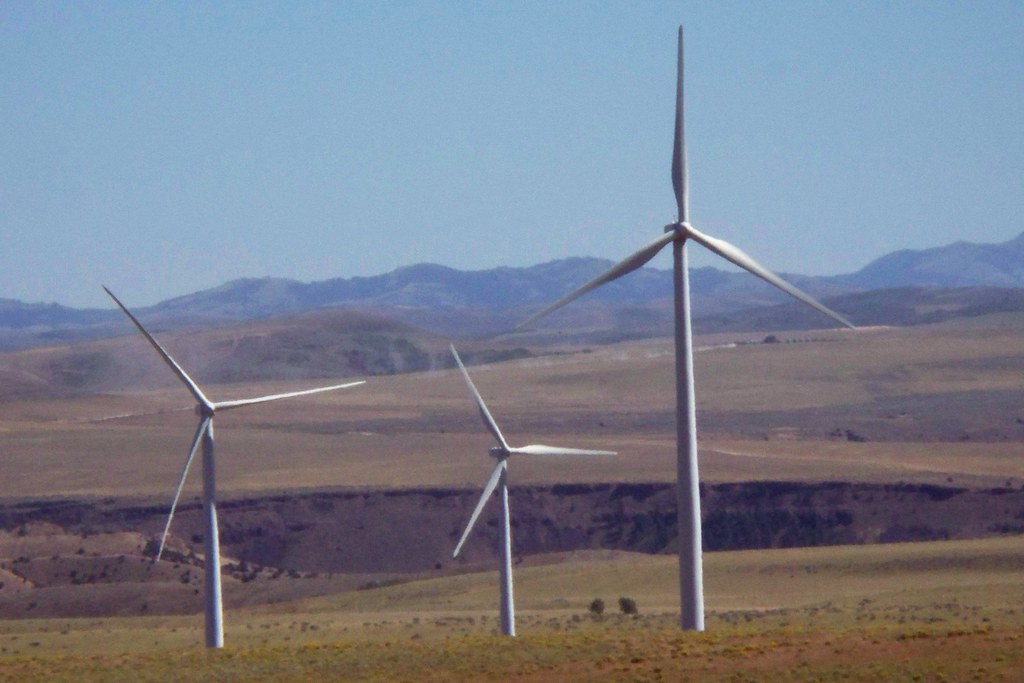
Several persistent myths include:
– Wind turbines kill all the birds: In reality, wind turbines are responsible for far fewer bird deaths than buildings or cats.
– Wind farms kill whales: No scientific evidence links offshore wind farms to whale strandings.
– Wind energy is the most expensive: Onshore wind is now among the cheapest new electricity sources in the U.S.
– Wind turbines destroy property values: Studies find no consistent evidence that home values are reduced near wind projects.
– Health concerns: Scientific reviews find no basis for claims that turbine noise or vibrations cause serious health effects.
America’s First Offshore Wind Farm: Block Island
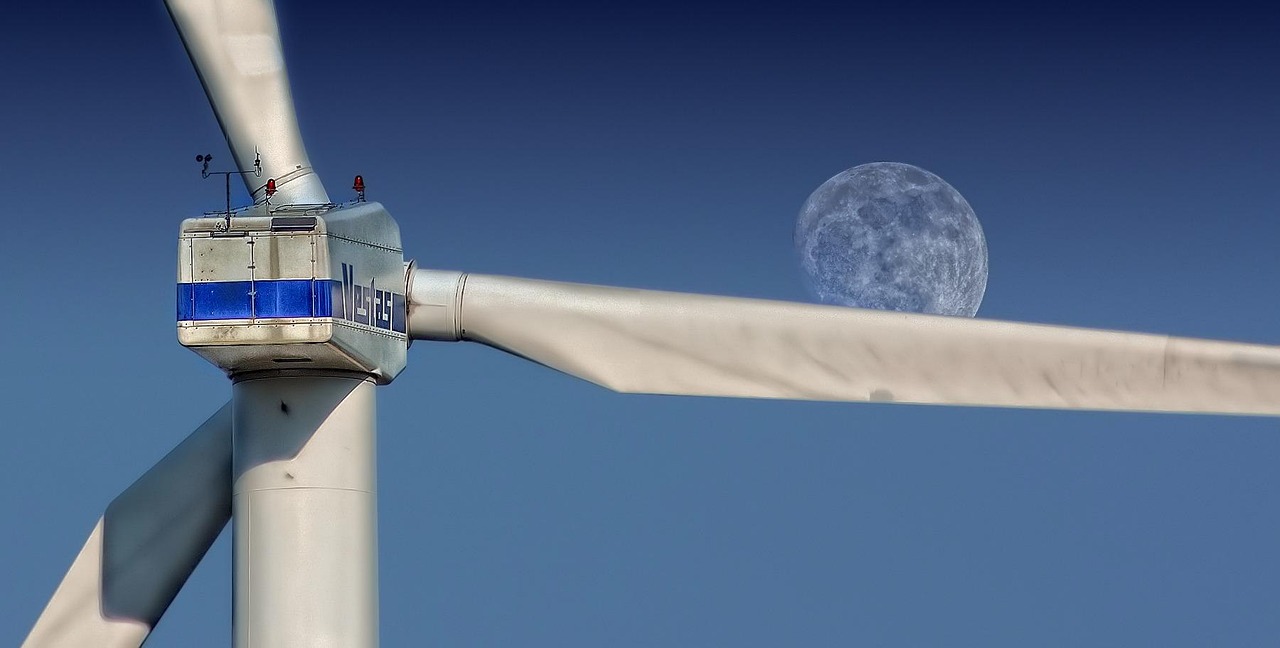
The Block Island Wind Farm, located off the coast of Rhode Island, became the first commercial offshore wind project in the U.S. It demonstrates the nation’s growing capacity for offshore wind and represents a step toward cleaner energy production.
How Wind Farms Operate
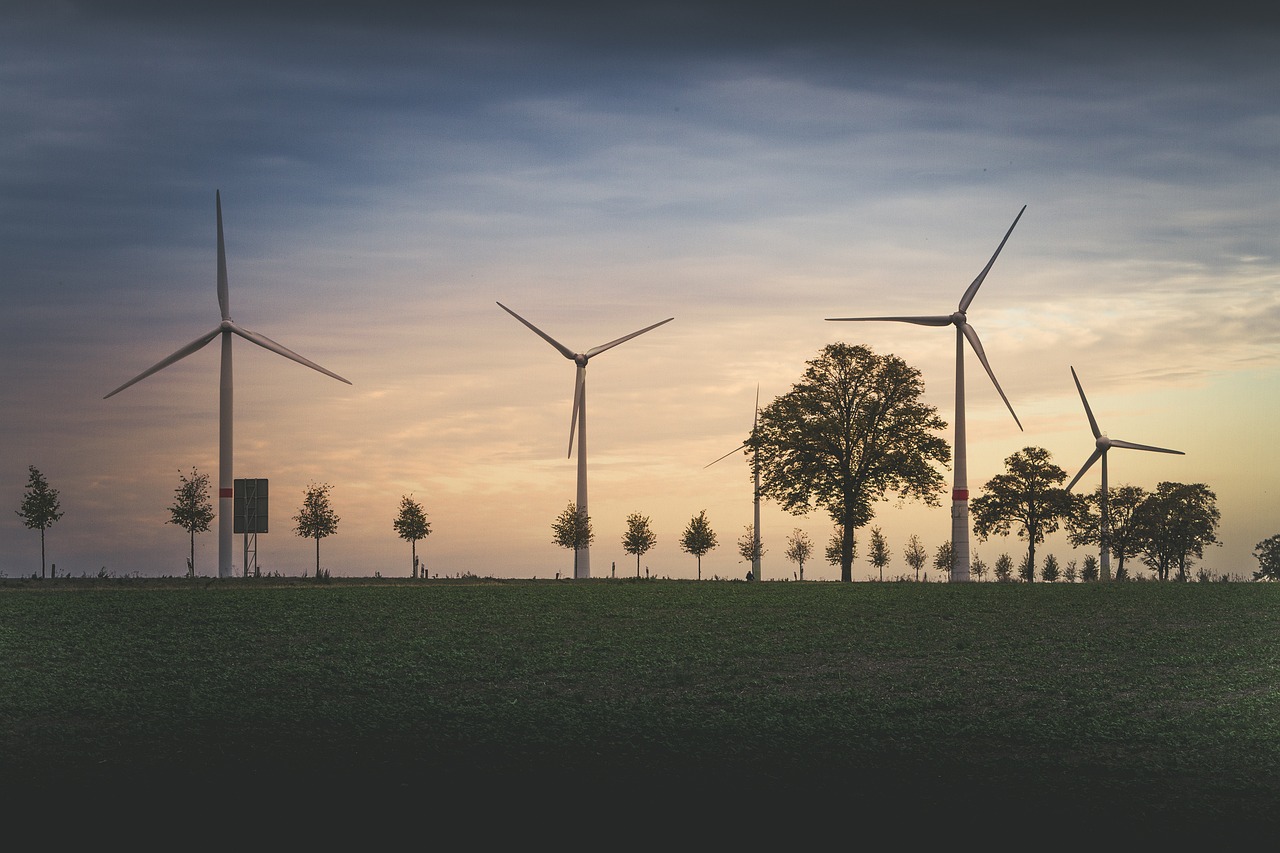
Wind turbines generate electricity by converting the kinetic energy of moving air. Blades spin a rotor connected to a generator, producing power. Most utility-scale turbines operate efficiently between 6 and 55 miles per hour. Offshore turbines, often larger and more powerful, benefit from stronger and more consistent wind speeds, delivering more energy despite higher initial costs.
Wind Energy Economics and Investment
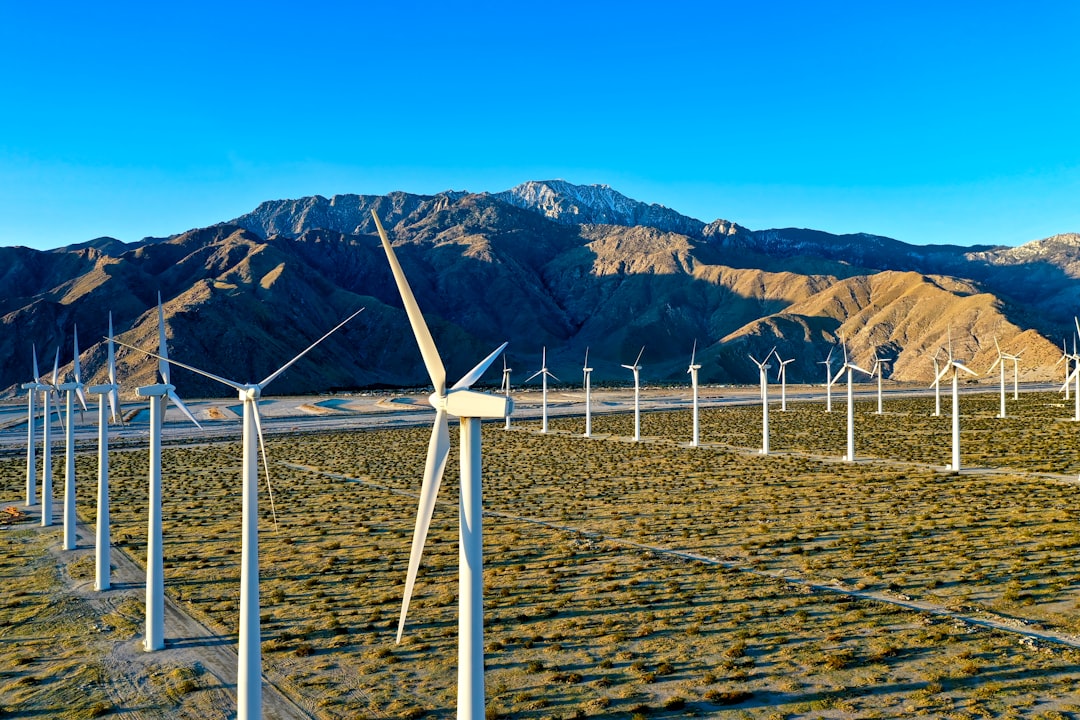
Wind energy has become more affordable, with the cost of onshore wind dropping to about $33 per megawatt-hour—lower than fossil gas or coal. Offshore wind is more costly at present but is expected to become cheaper as technology advances. Unlike fossil fuels, wind energy has no ongoing fuel costs, and federal and state incentives further improve its economic profile.
Addressing Environmental and Lifecycle Challenges
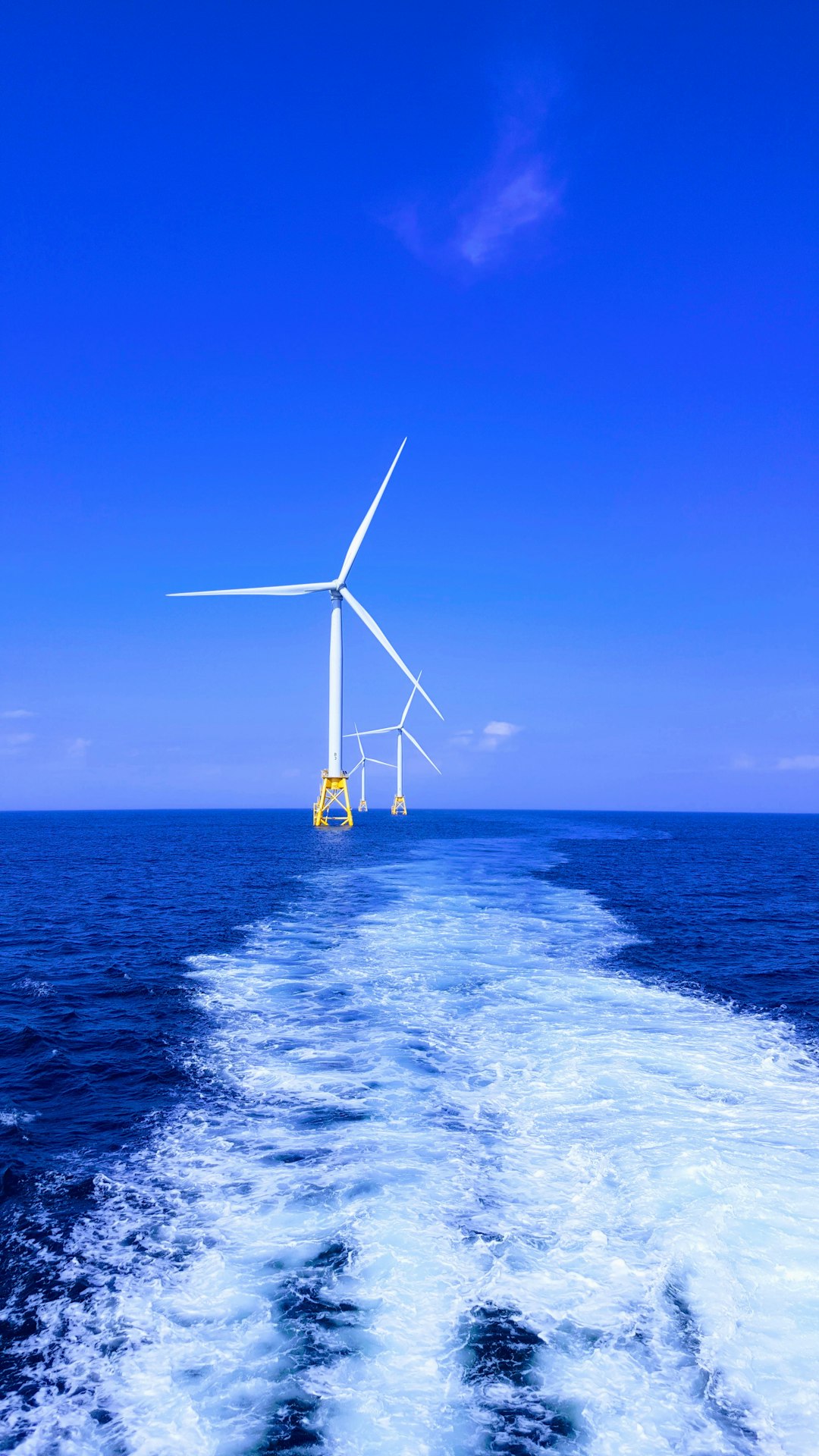
Wind power does pose some challenges, including recycling turbine blades and managing decommissioned equipment. However, innovations are being developed to recycle blades into materials like cement. Studies show offshore wind development along U.S. coasts delivers net public benefits, including cleaner air and improved health outcomes.
Weighing the Pros and Cons
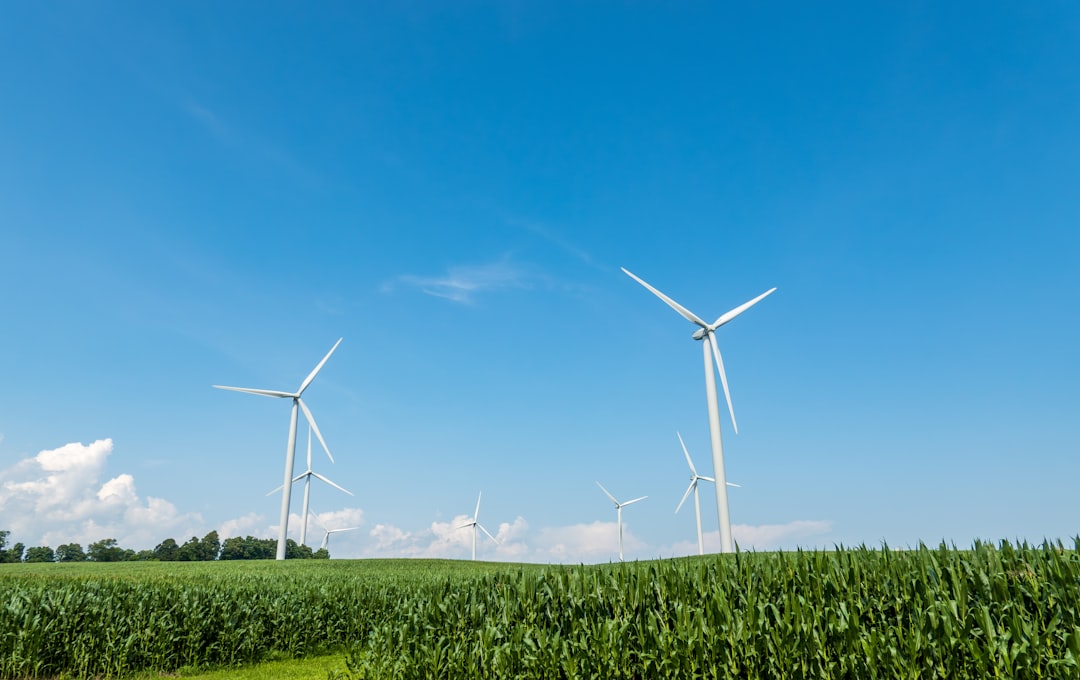
Advantages:
– Zero emissions: Wind power produces no greenhouse gases during operation.
– Job creation: The wind sector employs over 100,000 people in the U.S.
– Energy diversification: Wind reduces reliance on imported fuels.
– Land sharing: Farmland used for wind turbines can still support crops or grazing.
Challenges:
– Intermittency: Wind is variable but can be managed with forecasting and storage.
– Wildlife impact: Bird and bat collisions are a concern but are being mitigated.
– Visual/noise concerns: Some residents oppose wind farms for aesthetic or acoustic reasons.
– Lifecycle management: Decommissioning and recycling require long-term solutions.
Debunking More Myths and The Path Forward
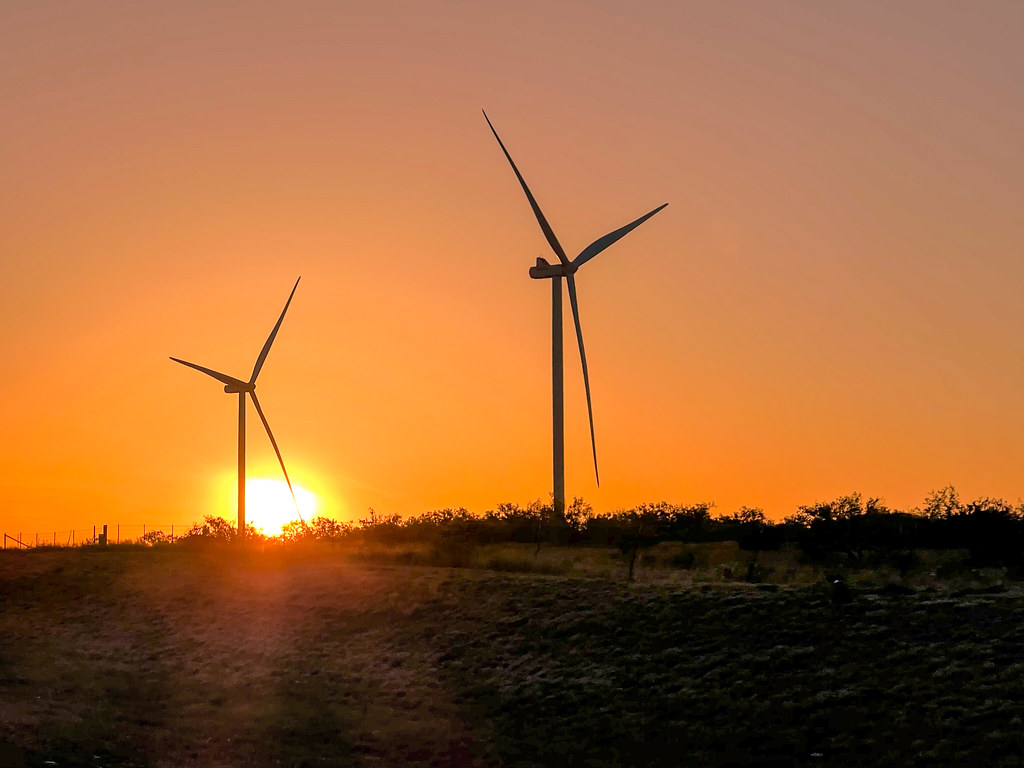
Additional myths claim turbines are noisy, non-recyclable, unreliable, or largely manufactured abroad. In truth, modern turbines are quieter, much of the supply chain is domestic, and the technology is becoming increasingly reliable. Scientific evidence supports wind as a clean, economically beneficial energy source. Policy decisions about wind energy should be guided by facts and scientific research, rather than misinformation.
